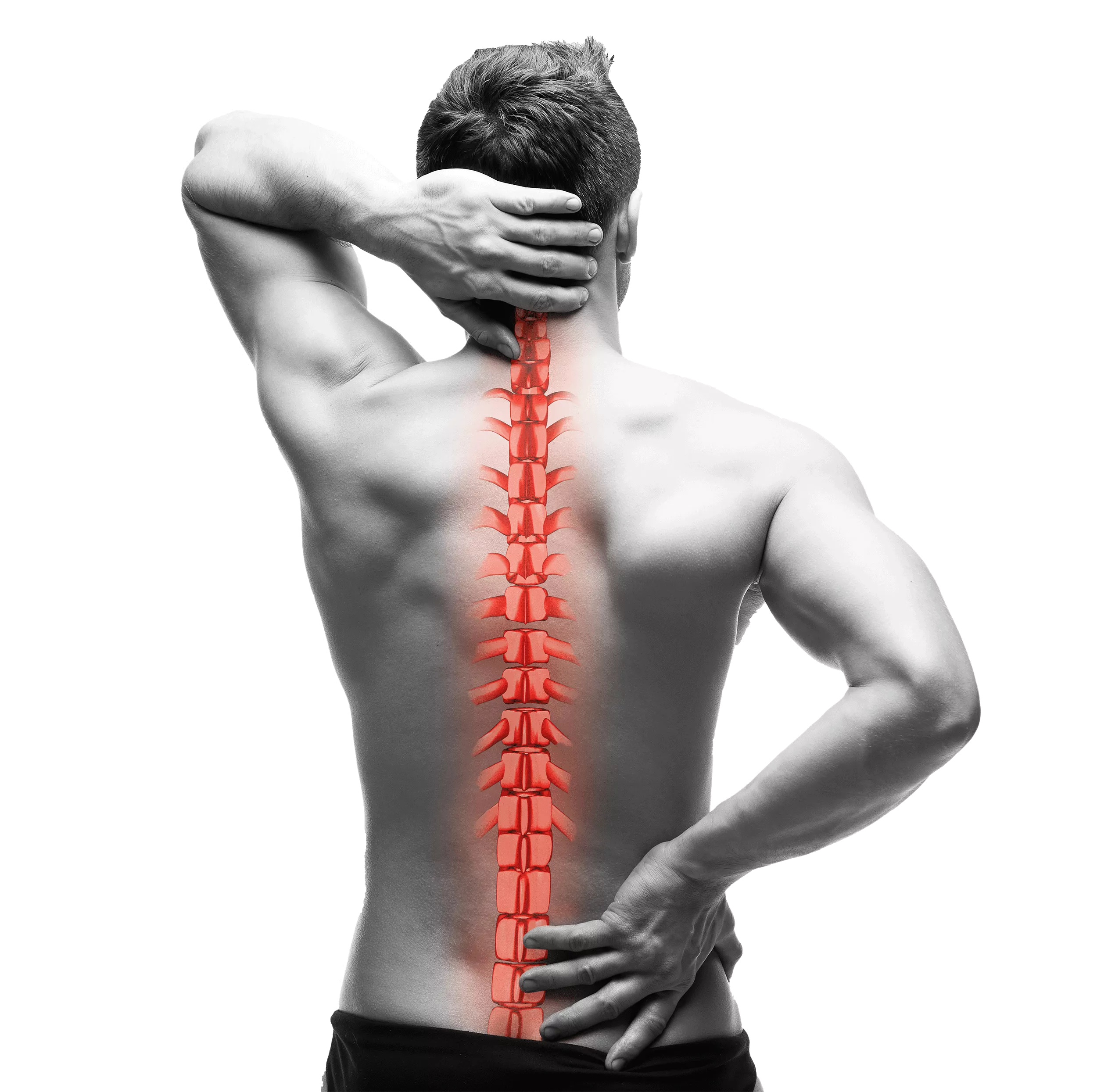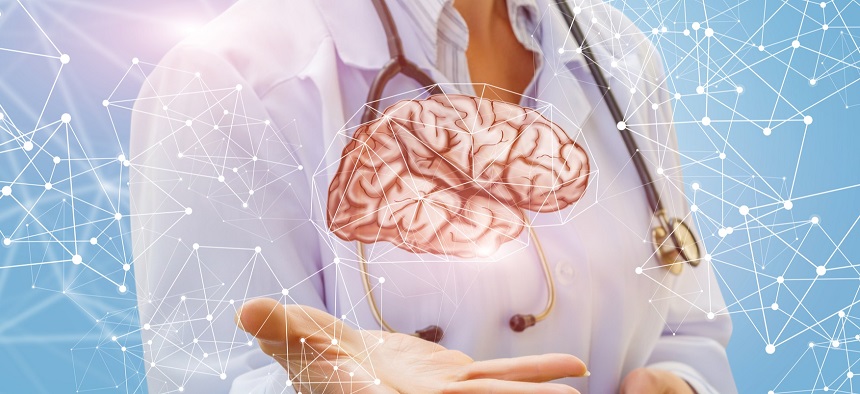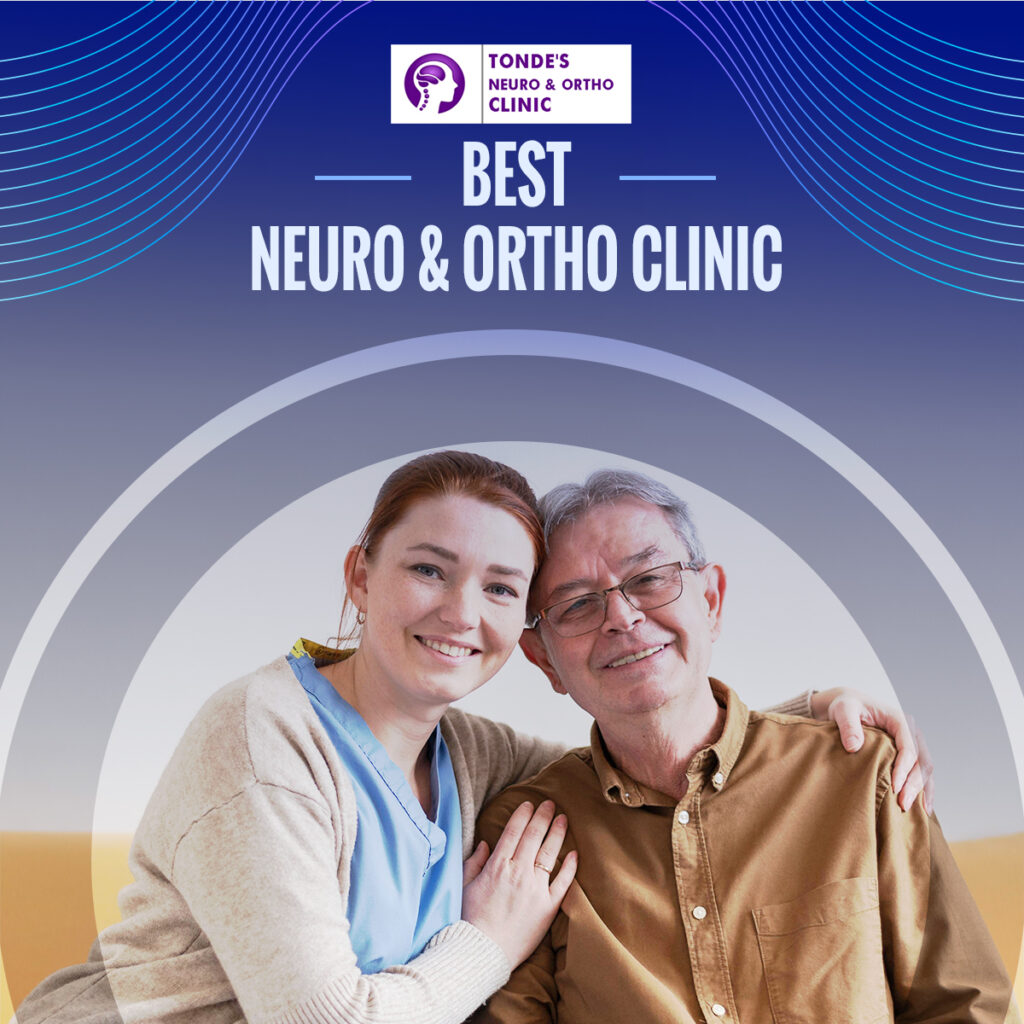Have Any Questions?
+91 77 9849 9977
Visit Us At
103, Shivom Regency, Baner Rd, Pune
+91 77 9849 9977
103, Shivom Regency, Baner Rd, Pune
Spondylosis is a type of arthritis spurred by wear and tear to the spine. It happens when discs and joints degenerate, when bone spurs grow on the vertebrae, or both. These changes can impair the spine’s movement and affect the nerves and other functions. Cervical spondylosis is the most common type of progressive disorder that affects the neck during aging. According to the American Academy of Orthopaedic Surgeons, more than 85 percent of people older than 60 have cervical spondylosis.


The spine helps give the body structure and supports most of its weight. It also carries and protects almost all of the main nerve branches that run from the brain.
The spine curved, not straight, and the cervical, thoracic, and lumbar parts of the spine contain 24 bones known as vertebrae.
Between these vertebrae are joints that allow the spine to move flexibly. These are called the facet joints.
Also, soft, rubbery tissue called intervertebral discs separate the vertebrae. These consist of cartilage endplates and a tough exterior, the annulus fibrosus, surrounding an inner core, the nucleus pulposus.
Intervertebral discs help achieve smooth movement, and they cushion against any impact on the bones.
As a person ages, the discs become drier, thinner, and harder, and they lose some of their cushioning ability. This is why an older person is more likely to have a compression fracture of the vertebra than a younger person.
A vertebral compression fracture results from bone collapsing in the spine. It commonly occurs with osteoporosis.
The facet joints between the vertebrae also function less well with age because of wear and tear on their cartilage surfaces.
Daily wear and tear over time is the general cause of spondylosis.These changes affect people differently, depending on each individual’s risk factors.
Risk factors include:
Most people with age-related spondylosis do not experience any symptoms. Some people have symptoms for a while, but then they go away. Sometimes, a sudden movement can trigger symptoms.
Common symptoms are stiffness and mild pain that gets worse following certain movements or long periods without moving, while sitting for a long time, for example.
More severe symptoms include:
Most cases of spondylosis produce only mild, occasional stiffness and pain, and they do not need treatment.
If a person experiences pain, they can try the followingTrusted Source:
If pain is severe or persistent, a doctor may suggest:

Mail Your Resume At : drpriyankaneuro13@gmail.com